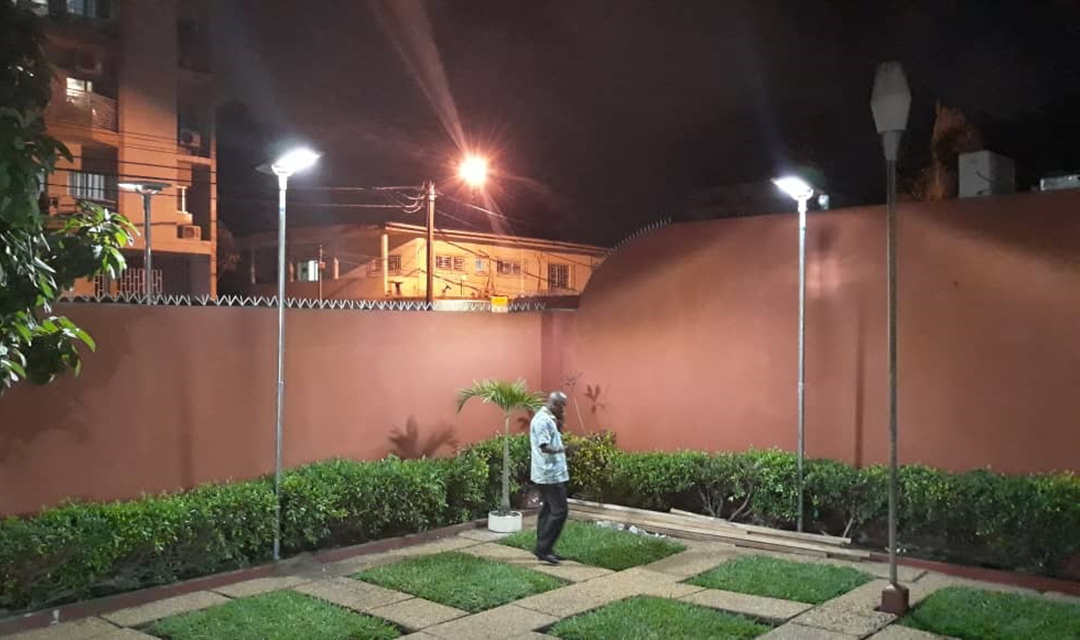Globally, some 130 million people live without access to electricity, meaning that around 70% of the rural population does not have access to electricity.
This situation has serious implications, including threats to people’s health and safety, impediments to economic and social development, and environmental harm.
And solar street lights may be a good option for remote areas as they do not rely on fossil fuel energy and can provide lighting for free using solar energy. As remote areas may lack electricity grids and other energy facilities, the use of solar street lights can provide lighting for residents without the need to build expensive electricity grids or other facilities.

In addition, the use of solar street lights can improve the health of residents and reduce pollutants and toxic emissions. Solar street lights work well in disaster situations and can be installed even in harsh environments.
Most solar road lighting installations use one or more solar modules to power a string of ground mounted lamps. This reduces installation costs as there is no need to have a separate solar power supply for each lamp. This allows the solar power module to be located in an area with full access to the sun, while the lamps can be positioned in partial or full shade.
Developments in solar lighting technology have led to a wider range of fixture styles being available. These technologies support higher power fixtures, wider pathway lighting ranges, longer continuous operation, more efficient solar power generation technologies, and more powerful solar power generation technologies. There is a wide range of styles of solar road lights to suit any commercial or residential application.
If you want to learn more about solar lamps, you can click SRESKY!